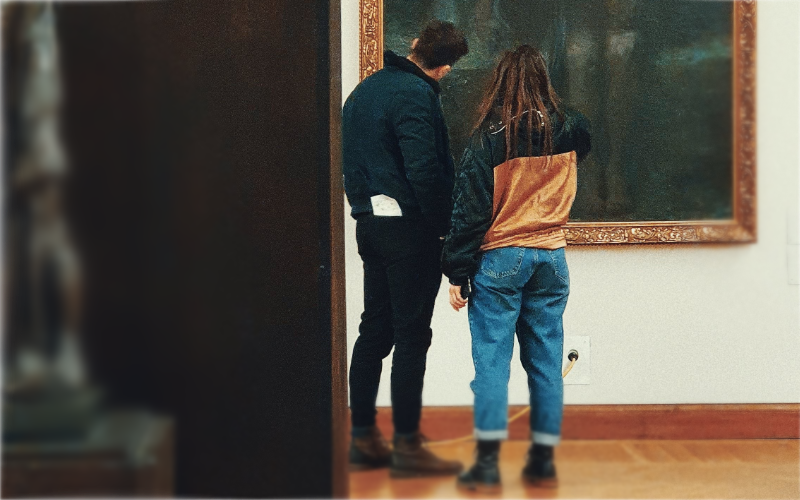
The largest and the oldest museum of Serbia was founded in 1844 in Belgrade. Today, visitors can see between three and four thousand art pieces out of 400,000 artifacts that this museum owns. The new permanent collection represents a huge chronological period from the Paleolithic period to 20th century art.
āNational Museum in Belgrade represents the most significant evidence for understanding archeology and the history of art, showcasing the development and changes of civilization in the territory of today's Serbia and its immediate surroundings, from prehistoric times to the late medieval period, as well as crucial artistic tendencies and styles, supreme artistic merits in the national and European art, from the medieval period to contemporary worksā, wrote Museums of the world.
The collections include monumental sculptures from Lepenski Vir (7th millennium BC), VinÄa figurines (6-5th millennium BC), a bronze portrait of Constantine the Great (4th century), Miroslavās Gospel (12th century), the first money forged in Serbia, as well as medieval frescoes and icons from Orthodox monasteries and churches.
Visitors can see works by Steva TodoroviÄ, ÄorÄe KrstiÄ, UroÅ” PrediÄ, Paja JovanoviÄ, Nadežda PetroviÄ, Sava Å umanoviÄ, Ivan MeÅ”troviÄ, Rubens, Guards, Degas, Lautrec, Renoir, Matisse, and Picasso.
The National Museum building is a representative example of public palaces in the Belgrade architecture from the late 19th and the early 20th century. It was proclaimed a cultural monument of great importance, and it is located within the spatial cultural and historical unit of Knez Mihailova street.
Local magazine for fans of the Belgrade spirit, Reminder, wrote: āAccording to its stylistic characteristics, the building belongs to a group of academically conceived objects, based on the principles of neo-renaissance. According to the volume conception, which makes a massive block with domes over central and lateral rationalities on the main faƧade, as well as according to the academically understood decor, the building can be classified into the monumental palaces built here at the passage of centuries. After the building of the National Bank (built in 1889), the building of the Fund Management (the present National Museum) was one of the earliest banking facilities in our country.ā
The museum is open every day except Monday and the admission is free on Sunday.